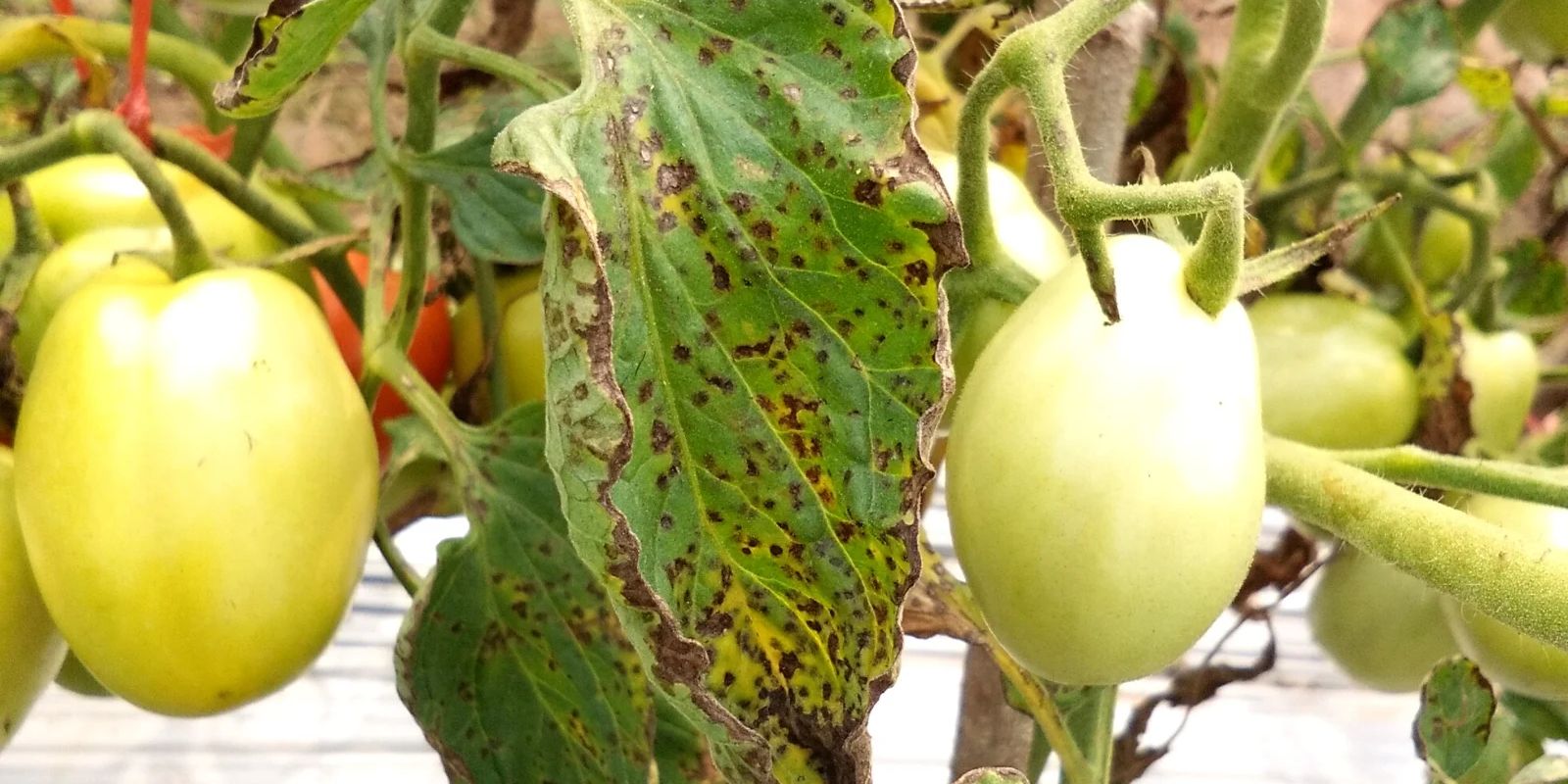Introduction
Tomatoes are a staple in gardens worldwide, but they are not immune to challenges, with Septoria leaf spot being one of the most common and destructive fungal diseases. This disease can quickly spread and ruin your harvest if not addressed. The good news is that with a proactive approach, natural remedies, and proper care, you can save your tomato plants and ensure a bountiful harvest.
In this article, we’ll dive deep into understanding Septoria leaf spot, its symptoms, prevention techniques, and steps to combat it effectively.
What is Septoria Leaf Spot?
Septoria leaf spot is caused by the fungus Septoria lycopersici. It primarily affects tomato plants, especially during warm, humid conditions. The disease typically starts on the lower leaves and can spread upward, weakening the plant and reducing its productivity.
Signs and Symptoms of Septoria Leaf Spot
Identifying Septoria leaf spot early is key to saving your tomato plants. Here are the symptoms to look out for:
- Spots on Leaves: Small, circular spots with dark edges and gray or tan centers, often surrounded by a yellow halo.
- Leaf Discoloration: Yellowing of lower leaves, which eventually dry out and drop.
- Weak Plant Growth: Affected plants may struggle to grow and produce fewer fruits.
Why is Septoria Leaf Spot Harmful?
This fungal disease doesn’t directly affect the fruit but weakens the plant by reducing its ability to photosynthesize. When a plant loses its leaves prematurely, it cannot produce the energy it needs to grow and ripen fruit.
How Does It Spread?
The fungus thrives in warm, moist environments and spreads through:
- Splashing Water: Rain or watering overhead can spread spores from the soil to the leaves.
- Contaminated Tools: Gardening tools that come in contact with infected plants can transfer the fungus.
- Wind: Spores can travel short distances through the air.
Step-by-Step Guide to Prevent and Combat Septoria Leaf Spot
1. Early Detection is Key
Regularly inspect your tomato plants, especially the lower leaves where the disease usually begins. If you notice the characteristic spots, act immediately by removing infected leaves and disposing of them away from the garden.
2. Space Your Plants Properly
Crowded plants create a humid environment that encourages fungal growth. Ensure you plant your tomatoes with enough space between them to allow air circulation. A distance of 2–3 feet is ideal.
3. Water Wisely
Watering methods play a significant role in disease prevention. Always water your tomato plants at the base to avoid wetting the leaves. Morning watering is best, as it gives the plant time to dry during the day. Avoid watering in the evening, as damp leaves overnight create a perfect breeding ground for fungi.
4. Mulch the Soil
Adding a layer of organic mulch, such as straw or shredded leaves, helps prevent soil-borne spores from splashing onto the lower leaves of your plants. Mulch also retains soil moisture and keeps weeds at bay.
5. Use Natural Fungicides
Combat the disease with eco-friendly solutions like:
- Neem Oil Spray: Mix 2 tablespoons of neem oil with 1 gallon of water and spray on the affected plants. Neem oil has antifungal properties that inhibit fungal growth.
- Baking Soda Solution: Combine 1 teaspoon of baking soda, a few drops of liquid soap, and 1 quart of water. Spray on the leaves to create an alkaline environment that the fungus cannot survive in.
6. Practice Crop Rotation
If you’ve faced Septoria leaf spot in the past, avoid planting tomatoes in the same area for at least two years. Rotate with non-susceptible crops like beans, corn, or lettuce to disrupt the fungal life cycle.
7. Keep the Garden Clean
Fungi often overwinter in plant debris, so clean up any fallen leaves and stems around your plants. Dispose of them properly, as composting infected material can reintroduce the disease.
8. Choose Resistant Varieties
Some tomato varieties are bred for resistance to common diseases. Look for seeds labeled as resistant to fungal infections, including Septoria.
9. Support Your Plants
Use stakes, cages, or trellises to keep plants off the ground, reducing their exposure to soil-borne pathogens. Supporting plants also improves airflow, further reducing the likelihood of fungal growth.
Why Prevention is Better Than Cure
While there are effective ways to manage Septoria leaf spot, preventing it is far easier and less stressful. Taking proactive steps like mulching, using proper watering techniques, and maintaining plant health can save you from the frustration of losing your crop.
Companion Planting to Deter Disease
Planting certain herbs and flowers near your tomatoes can help reduce the risk of fungal infections:
- Marigolds: Known for their ability to deter pests and soil-borne pathogens.
- Basil: Its strong aroma can repel harmful insects.
- Garlic: Contains natural antifungal properties that benefit surrounding plants.
What to Avoid
- Overhead Watering: Wet leaves are a breeding ground for fungi.
- Reusing Infected Soil: Always rotate crops and use fresh soil if fungal diseases have been an issue.
- Ignoring Symptoms: Early removal of infected leaves can prevent the disease from spreading.
Benefits of Healthy Tomato Plants
By preventing Septoria leaf spot, you’ll enjoy:
- A higher yield of healthy, flavorful tomatoes.
- Less time and money spent on disease control.
- The satisfaction of a thriving, vibrant garden.
Conclusion
Protecting your tomatoes from Septoria leaf spot doesn’t have to be a daunting task. With proper care, prevention strategies, and natural remedies, you can keep your plants healthy and productive. Remember, a healthy tomato plant starts with small, consistent efforts.
🌱 Have you battled Septoria leaf spot before? What tips worked for you? Share your experiences and join the conversation!
Gardening Hashtags
#HealthyTomatoes #GardeningTips #TomatoCare #OrganicGardening #GreenThumb #PlantHealth #FungalFreeGarden #GrowYourOwnFood #TomatoHarvest

